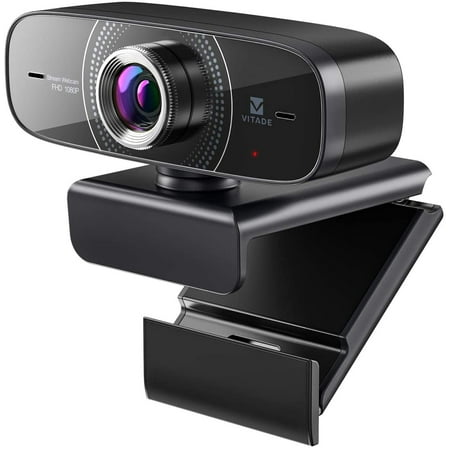Samsung 49″ Odyssey Neo G9 Gaming DQHD Quantum Mini-LED Monitor – LS49AG952NNXZA
Discover the latest features and innovations available in the 49 inches Odyssey Neo G9 Gaming DQHD Quantum Mini-LED Monitor. Find the perfect Monitors for you!
Go Beyond with the Odyssey Neo G9
At 49 inches wide, the Odyssey Neo G9 fully wraps around your view, and lets you lose yourself in whatever world you decide to call home.
Spellbinding visual quality
Quantum Mini-LED, which achieves next-generation depth with Quantum HDR2000, delivers exceptional picture quality, placing Odyssey Neo in its own class.
World class performance
When it comes to gaming performance, the slightest disadvantage can be the difference between winning and losing a match. With a 240hz refresh rate, lightning fast 1ms response times and full adaptive G-Sync and FreeSync Premium Pro support, you can be sure that the Odyssey Neo G9 won’t let you down on the battlefield.
Enter a new era of immersion
Quantum Matrix Technology
An unrivaled visual experience. Revolutionary Quantum Matrix Technology with Quantum Mini LEDs creates controlled brightness and perfect contrast for refined definition. Local dimming zones were increased to 2,048 and combined with the highest 12-bit black levels to create unmatched picture quality.
See Beyond, with HDR2000
Quantum HDR2000 is one of the highest HDR levels available in gaming monitor technology. A truly exquisite level of brightness, HDR2000 allows you to see the smallest of details in every scene, letting you see depth you never knew existed.
Additional information
| Package Dimension | 49.8 x 14.4 x 18.9 in |
|---|---|
| Set Dimension with Stand (WxHxD) | 45.3 x 21.1 x 16.5 in |
| Set Dimension without Stand (WxHxD) | 45.3 x 14.3 x 11.3 in |
| Package Weight (lb) | 45 lbs |
| Set Weight with Stand (lb) | 32 lbs |
| Set Weight without Stand (lb) | 26.2 lbs |






Reviews
There are no reviews yet.